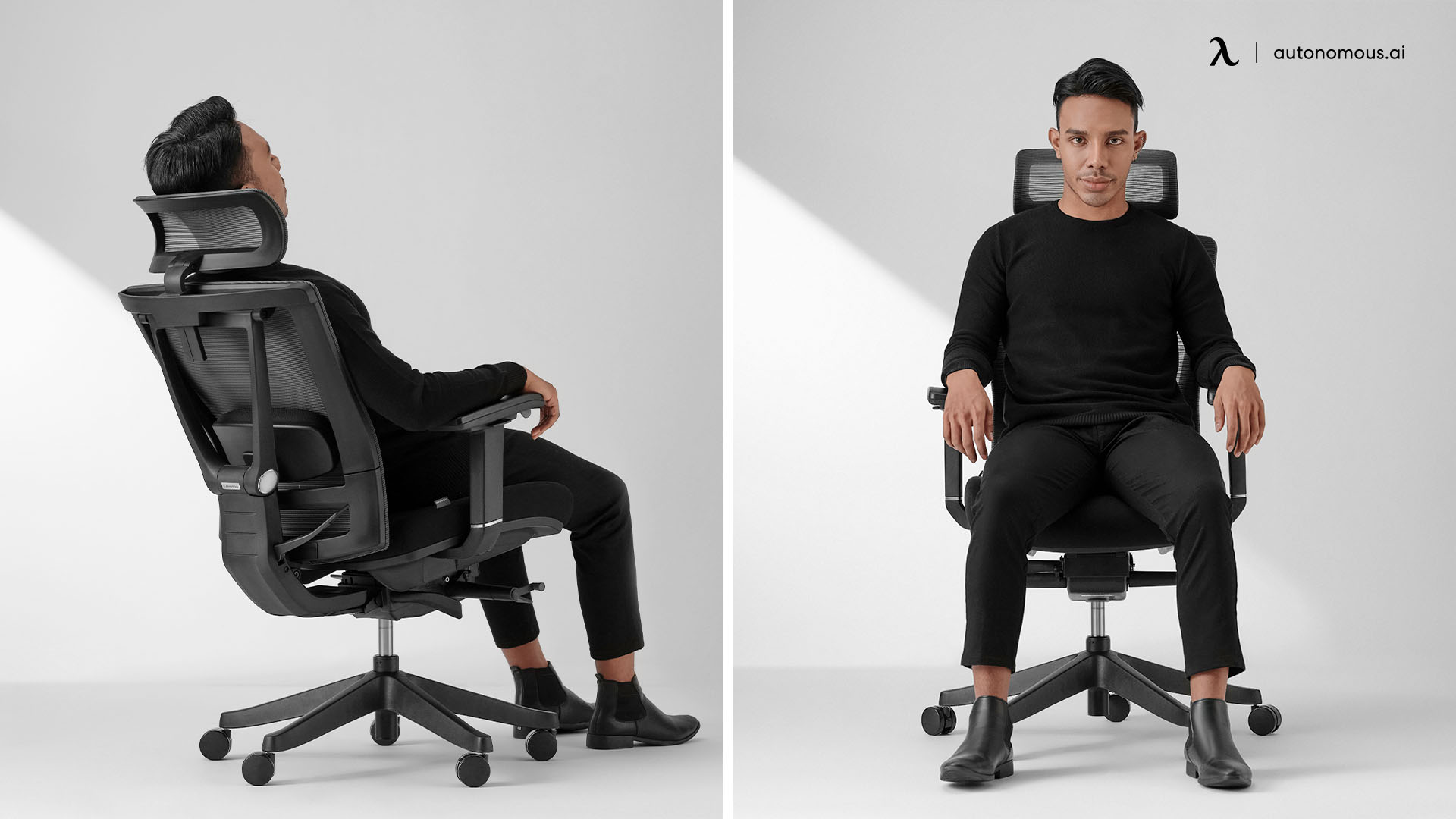Factors to Consider When Choosing a Chair: Best Chair For Sciatica

Selecting the appropriate chair for individuals experiencing sciatica requires careful consideration of several key factors. The right chair can significantly alleviate pain and discomfort, promoting better posture and overall well-being. Conversely, an unsuitable chair can exacerbate existing issues and hinder recovery. This section details the crucial elements to evaluate when making this important purchase.
Best chair for sciatica – The selection process involves a multifaceted approach, encompassing budgetary constraints, material composition, dimensional compatibility, and the assurance of product longevity through warranties. Understanding these aspects ensures a well-informed decision leading to optimal comfort and sciatica management.
Chair Selection Criteria for Sciatica Relief
A comprehensive assessment of several factors is crucial for choosing a chair that effectively supports individuals with sciatica. These factors work synergistically to provide optimal comfort and pain management.
- Budget: Establish a realistic budget before commencing your search. Prices for chairs designed for back support can range significantly, from a few hundred dollars to several thousand. Prioritizing features based on budget constraints is essential.
- Materials: Consider the materials used in the chair’s construction. Breathable fabrics like mesh or breathable leather can help regulate temperature and prevent excessive sweating. Supportive materials such as high-density foam provide crucial lumbar support. The durability and ease of cleaning of the materials should also be considered.
- Size and Dimensions: Accurate measurements of the user’s body are crucial to ensure proper fit. The chair’s seat depth, width, and height must accommodate the individual’s physique to prevent strain and discomfort. The backrest height should provide adequate lumbar support.
- Warranty: A comprehensive warranty demonstrates the manufacturer’s confidence in their product’s durability. A longer warranty period typically indicates higher quality and better customer support. This is particularly important given the potential long-term use of the chair for sciatica management.
The Influence of Chair Features on Posture
Proper posture is paramount in managing sciatica pain. A chair’s design features significantly influence an individual’s posture, impacting their comfort and pain levels. The following chair features are particularly important in maintaining proper posture and mitigating sciatica symptoms.
- Lumbar Support: Adequate lumbar support is crucial for maintaining the natural curvature of the spine. A chair with adjustable lumbar support allows customization to the individual’s specific needs. Insufficient lumbar support can lead to slouching and increased spinal pressure, exacerbating sciatica pain.
- Seat Height and Depth: The seat height should allow the feet to rest flat on the floor with the knees bent at a 90-degree angle. The seat depth should provide sufficient support without causing pressure on the back of the knees. Improper seat height and depth can lead to poor posture and increased strain on the lower back.
- Armrests: Adjustable armrests allow the user to maintain a comfortable posture while using the chair. Proper armrest height prevents shoulder hunching and promotes a relaxed upper body posture.
- Backrest Angle: An adjustable backrest allows for customization to individual preferences and needs. A slightly reclined position can alleviate pressure on the lower back and reduce sciatica pain.
A Step-by-Step Guide to Body Measurement for Chair Selection, Best chair for sciatica
Accurate body measurements are essential to ensure the selected chair provides adequate support and minimizes the risk of exacerbating sciatica symptoms. This process ensures the chair fits the individual’s unique physique.
- Seat Depth: Measure the distance from the back of your knees to the back of your buttocks while sitting. This measurement helps determine the appropriate seat depth to prevent pressure on the back of your knees.
- Seat Width: Measure the widest part of your hips while sitting. This measurement ensures sufficient width for comfortable seating and prevents undue pressure on the hips and thighs.
- Seat Height: Measure the distance from the floor to the top of your thighs while sitting. This measurement helps determine the appropriate seat height to allow your feet to rest flat on the floor with your knees bent at a 90-degree angle.
- Backrest Height: Measure the distance from your hips to the base of your neck. This measurement helps determine the appropriate backrest height for proper lumbar support and overall spinal alignment.
